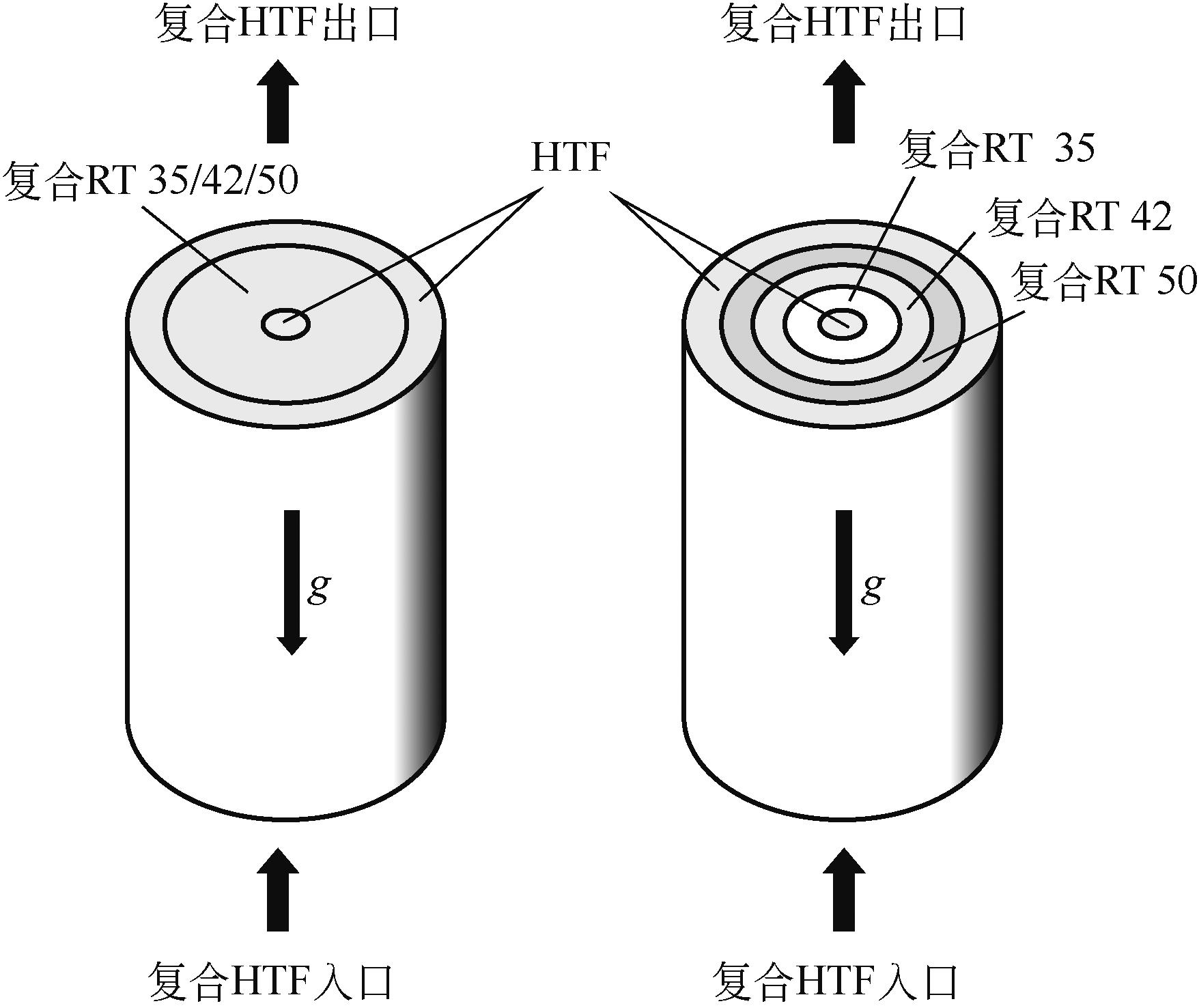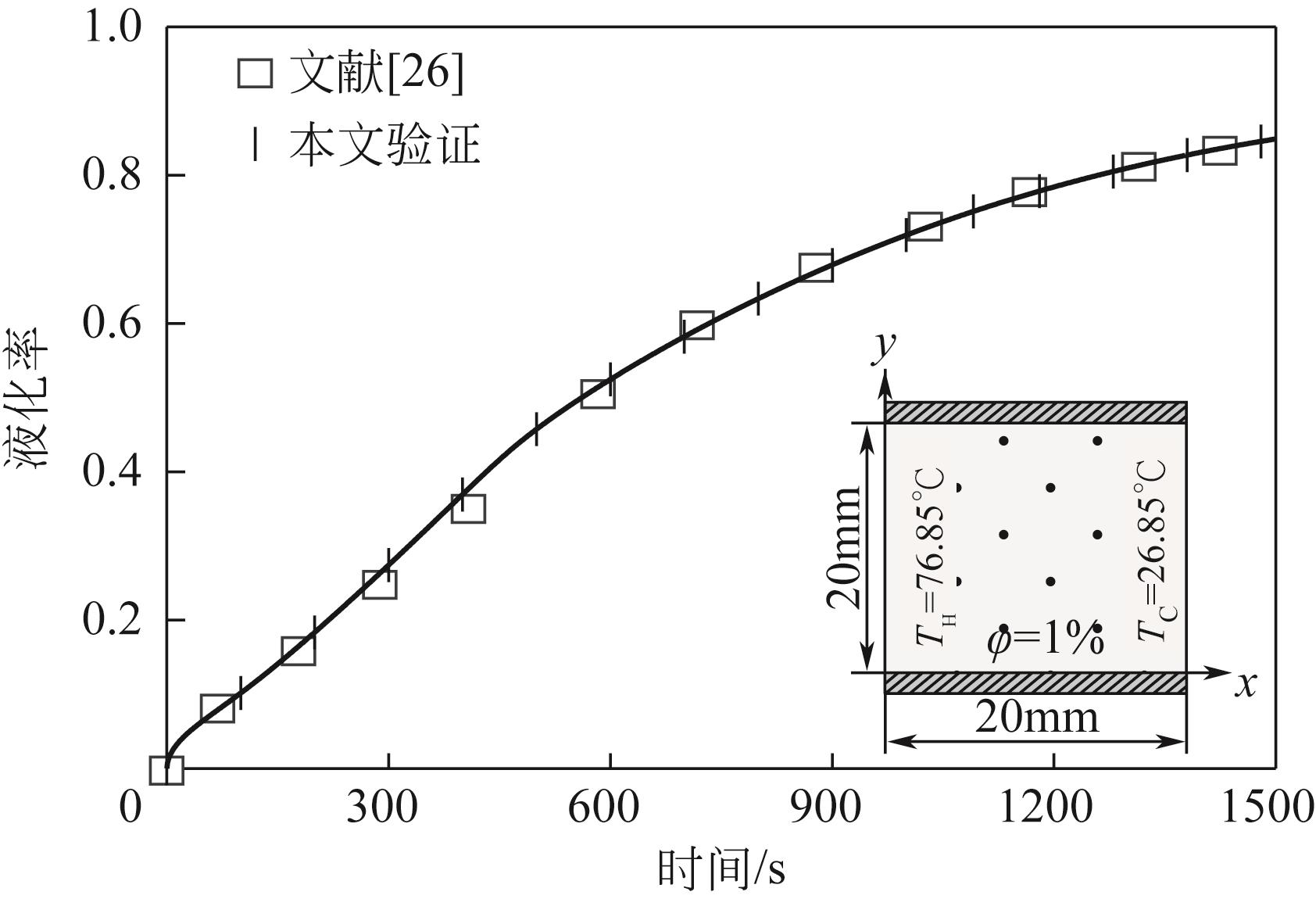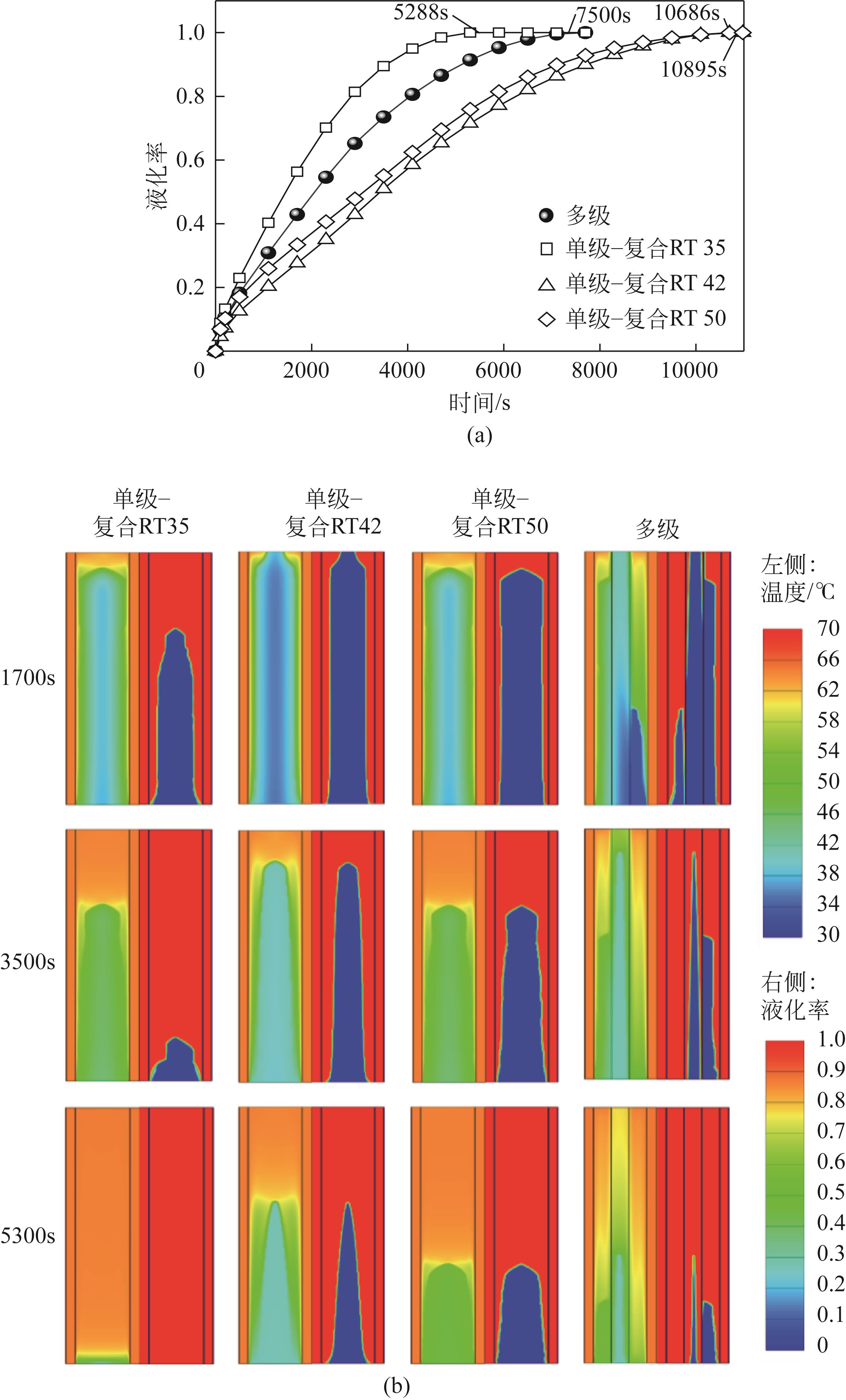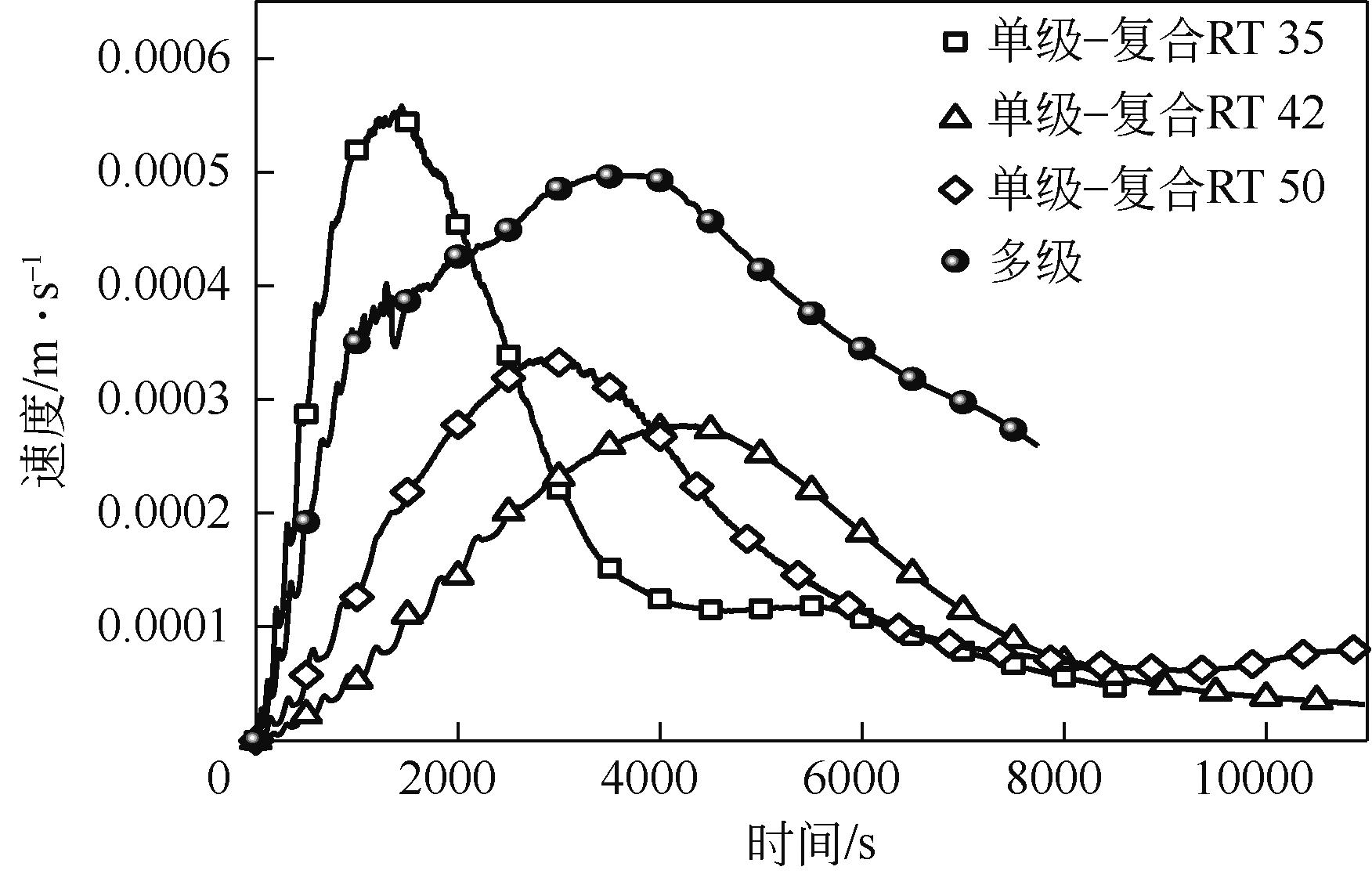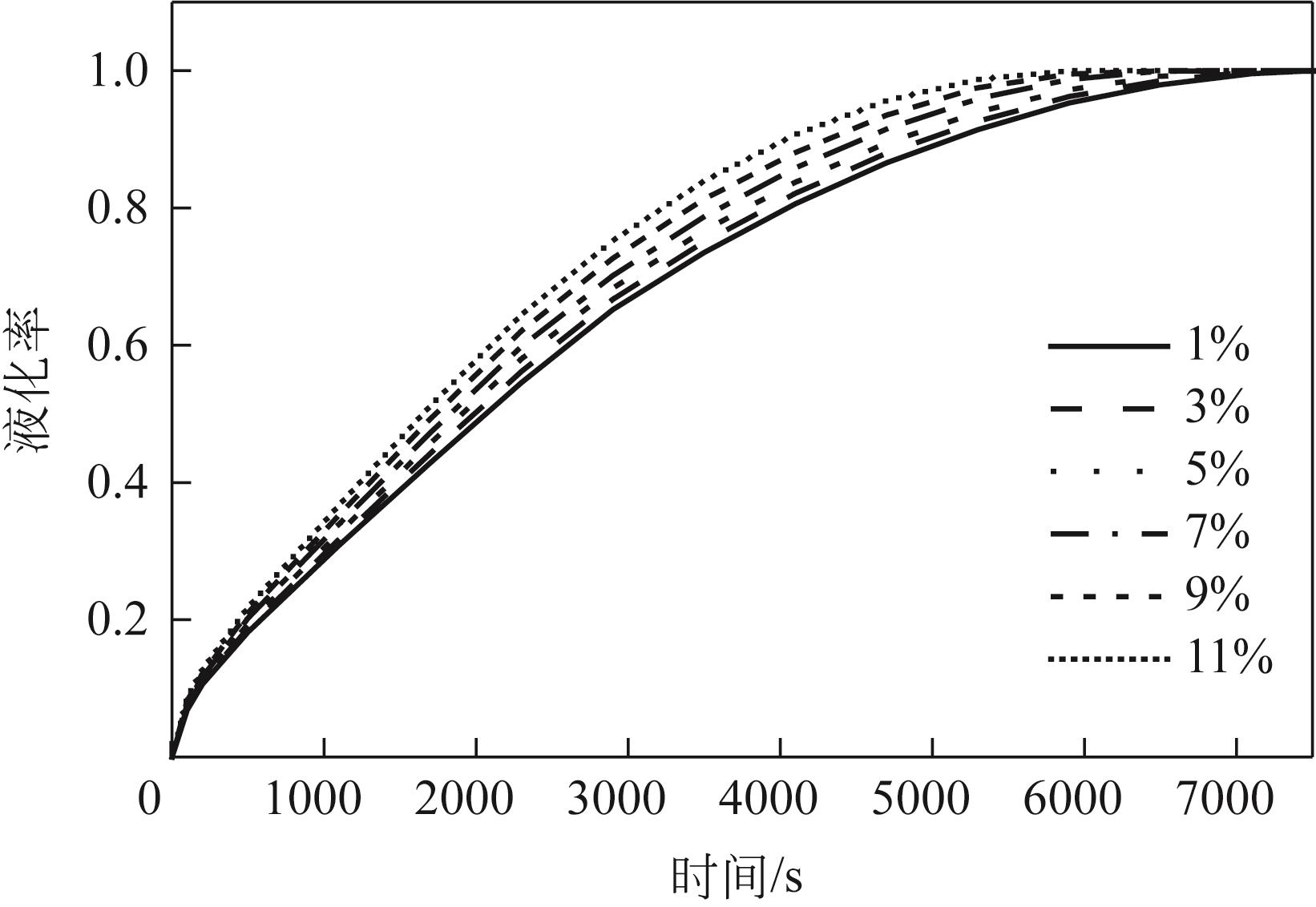| 1 |
HUANG Haotian, XIAO Yimin, LIN Jianquan, et al. Improvement of the efficiency of solar thermal energy storage systems by cascading a PCM unit with a water tank[J]. Journal of Cleaner Production, 2020, 245: 118864.
|
| 2 |
SHEN Yongliang, LIU Yunqi, LIU Shuli, et al. A dynamic method to optimize cascaded latent heat storage systems with a genetic algorithm: A case study of cylindrical concentric heat exchanger[J]. International Journal of Heat and Mass Transfer, 2022, 183: 122051.
|
| 3 |
KUMAR Ashish, SAHA Sandip K. Performance study of a novel funnel shaped shell and tube latent heat thermal energy storage system[J]. Renewable Energy, 2021, 165: 731-747.
|
| 4 |
倪金鹏, 罗祝清, 屈治国, 等. 不同气候条件下相变屋顶传热性能数值分析[J]. 化工进展, 2022, 41(1): 104-112.
|
|
NI Jinpeng, LUO Zhuqing, QU Zhiguo, et al. Numerical analysis on heat transfer performance of phase change roofs under different climates[J]. Chemical Industry and Engineering Progress, 2022, 41(1): 104-112.
|
| 5 |
罗明昀, 凌子夜, 方晓明, 等. 基于相变储热技术的电池热管理系统研究进展[J]. 化工进展, 2022, 41(3): 1594-1607.
|
|
LUO Mingyun, LING Ziye, FANG Xiaoming, et al. Research progress of battery thermal management system based on phase change heat storage technology[J]. Chemical Industry and Engineering Progress, 2022, 41(3): 1594-1607.
|
| 6 |
刘畅, 陈艳军, 张超灿. 用于冷链的低温相变材料的研究进展[J]. 化工进展, 2022, 41(1): 286-299.
|
|
LIU Chang, CHEN Yanjun, ZHANG Chaocan. Low temperature phase change materials for subzero applications[J]. Chemical Industry and Engineering Progress, 2022, 41(1): 286-299.
|
| 7 |
SODHI Gurpreet Singh, MUTHUKUMAR P. Compound charging and discharging enhancement in multi-PCM system using non-uniform fin distribution[J]. Renewable Energy, 2021, 171: 299-314.
|
| 8 |
ELSANUSI Omer S, NSOFOR Emmanuel C. Melting of multiple PCMs with different arrangements inside a heat exchanger for energy storage[J]. Applied Thermal Engineering, 2021, 185: 116046.
|
| 9 |
WANG Zeyu, DIAO Yanhua, ZHAO Yaohua, et al. Visualization experiment and numerical study of latent heat storage unit using micro-heat pipe arrays: Melting process[J]. Energy, 2022, 246: 123443.
|
| 10 |
ZHANG Dongwei, ZHANG Fan, TANG Songzhen, et al. Performance evaluation of cascaded storage system with multiple phase change materials[J]. Applied Thermal Engineering, 2021, 185: 116384.
|
| 11 |
YANG Liu, HUANG Jianan, ZHOU Fengjiao. Thermophysical properties and applications of nano-enhanced PCMs: an update review[J]. Energy Conversion and Management, 2020, 214: 112876.
|
| 12 |
KALBANDE Vednath P, FATING Ganesh, MAN Mohan, et al. Experimental and theoretical study for suitability of hybrid nano enhanced phase change material for thermal energy storage applications[J]. Journal of Energy Storage, 2022, 51: 104431.
|
| 13 |
LI Hongyang, HU Chengzhi, HE Yichuan, et al. A synergistic improvement in heat storage rate and capacity of nano-enhanced phase change materials[J]. International Journal of Heat and Mass Transfer, 2022, 192: 122869.
|
| 14 |
MAHDI Jasim M, MOHAMMED Hayder I, HASHIM Emad T, et al. Solidification enhancement with multiple PCMs, cascaded metal foam and nanoparticles in the shell-and-tube energy storage system[J]. Applied Energy, 2020, 257: 113993.
|
| 15 |
SHEIKHOLESLAMI M, Nematpour KESHTELI A, SHAFEE Ahmad. Melting and solidification within an energy storage unit with triangular fin and CuO nano particles[J]. Journal of Energy Storage, 2020, 32: 101716.
|
| 16 |
XU Hongtao, WANG Ning, ZHANG Chenyu, et al. Optimization on the melting performance of triplex-layer PCMs in a horizontal finned shell and tube thermal energy storage unit[J]. Applied Thermal Engineering, 2020, 176: 115409.
|
| 17 |
KHAN Zakir, KHAN Zulfiqar Ahmad, SEWELL Philip. Heat transfer evaluation of metal oxides based nano-PCMs for latent heat storage system application[J]. International Journal of Heat and Mass Transfer, 2019, 144: 118619.
|
| 18 |
MAHDAVI Mahboobe, TIARI Saeed, PAWAR Vivek. A numerical study on the combined effect of dispersed nanoparticles and embedded heat pipes on melting and solidification of a shell and tube latent heat thermal energy storage system[J]. Journal of Energy Storage, 2020, 27: 101086.
|
| 19 |
FANG Yuhang, NIU Jianlei, DENG Shiming. Numerical analysis for maximizing effective energy storage capacity of thermal energy storage systems by enhancing heat transfer in PCM[J]. Energy and Buildings, 2018, 160: 10-18.
|
| 20 |
AGARWAL A, MTHEMBU L. CFD analysis of conical diffuser under swirl flow inlet conditions using turbulence models[J]. Materials Today: Proceedings, 2020, 27: 1350-1355.
|
| 21 |
NAKHCHI M E, HATAMI M, RAHMATI M. A numerical study on the effects of nanoparticles and stair fins on performance improvement of phase change thermal energy storages[J]. Energy, 2021, 215: 119112.
|
| 22 |
XIONG Teng, ZHENG Long, SHAH Kwok Wei. Nano-enhanced phase change materials (NePCMs): A review of numerical simulations[J]. Applied Thermal Engineering, 2020, 178: 115492.
|
| 23 |
LI Zhixiong, SHAHSAVAR Amin, AL-RASHED Abdullah A A A, et al. Effect of porous medium and nanoparticles presences in a counter-current triple-tube composite porous/nano-PCM system[J]. Applied Thermal Engineering, 2020, 167: 114777.
|
| 24 |
VAJJHA Ravikanth S, Debendra K DAS, NAMBURU Praveen K. Numerical study of fluid dynamic and heat transfer performance of Al2O3 and CuO nanofluids in the flat tubes of a radiator[J]. International Journal of Heat and Fluid Flow, 2010, 31(4): 613-621.
|
| 25 |
SOLOMON Laura, OZTEKIN Alparslan. Exergy analysis of cascaded encapsulated phase change material—High-temperature thermal energy storage systems[J]. Journal of Energy Storage, 2016, 8: 12-26.
|
| 26 |
Müslüm ARICI, Ensar TÜTÜNCÜ, Çağatay YILDIZ, et al. Enhancement of PCM melting rate via internal fin and nanoparticles[J]. International Journal of Heat and Mass Transfer, 2020, 156: 119845.
|
 ), WANG Ning2, XU Hongtao1(
), WANG Ning2, XU Hongtao1( ), LUO Zhuqing1
), LUO Zhuqing1
